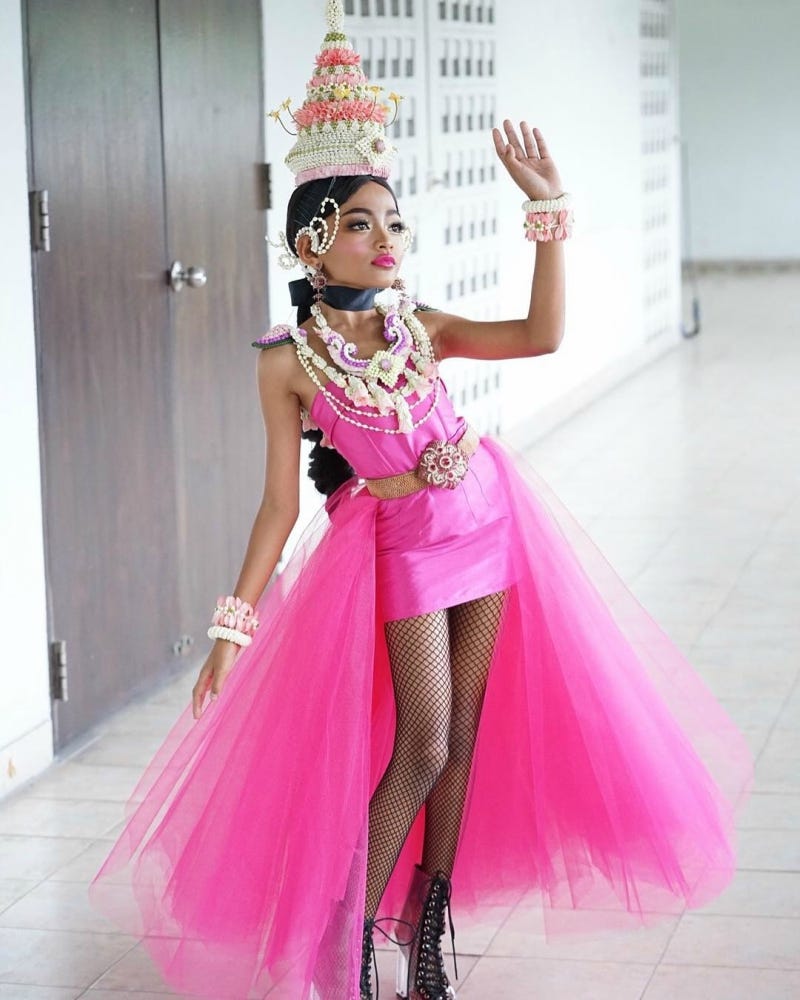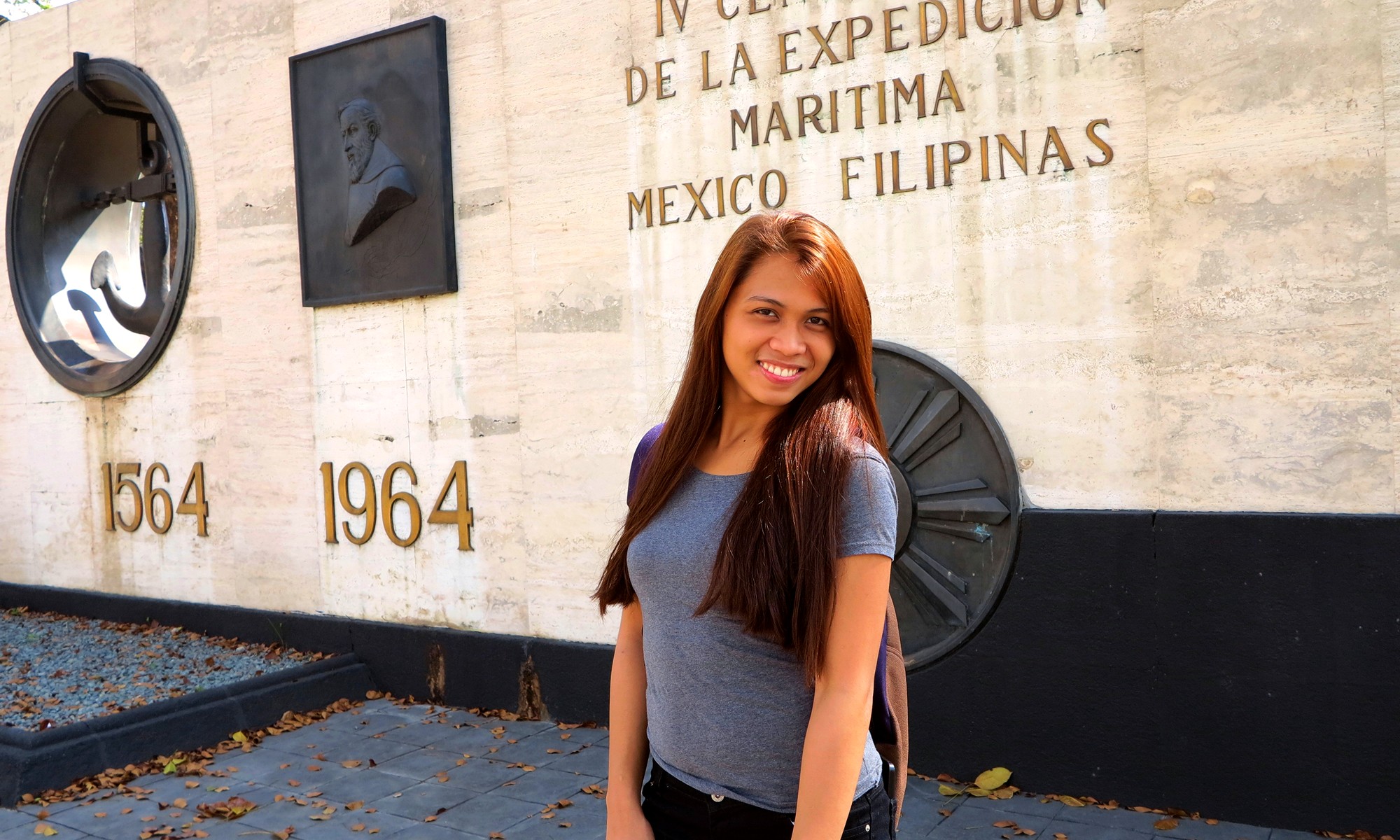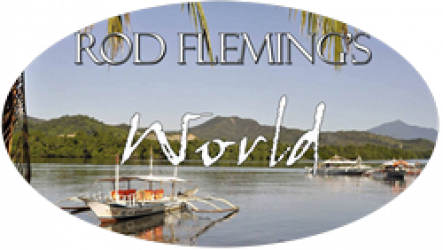Originally posted 2022-02-14 14:47:08.
I have met significantly more than a few Asian autogynephilic transvestites and the majority profile is quite clear.
They tend to have their first ‘feelings’ at around the age of 15-16 and begin HRT, usually in the form of contraceptive pills, soon after that. While late-transitioning autogynephilic transvestites do exist, they are rarely public. A good recent example would be Ian King, a racing driver and son of a wealthy ‘Fil-Am’ family. Social class and gender are strongly linked, as we shall see.
King fits the Western profile of the Autogynephilic transvestite exactly, but that appears to be related to his social class. This is interesting, because a similar social divide is found between masculine presenting Homosexuals, macho gays or pa-men locally or the New Gay Man, and the traditional highly feminised type, the ladyboy and nearly a hundred equivalent titles in Asia alone. Here again, the former tends to be rare and found only in higher social strata, while the latter is both much more common and more associated with lower social class.


In Asia, Latin America, southern Europe and elsewhere, the Blanchardian model breaks down a little. That is because nearly all Autogynephilic ladyboys and their equivalents, are androphilic in practice. They are not Homosexuals, but they do perform intimate behaviour with men .In addition to the added complexity this brings, nearly all Transsexual Homosexuals are highly Autogynephilic. No, there is no point in denying this; anyone who has made love to a ladyboy will attest to the close affinity they have with mirrors and the image of themselves being penetrated. These girls are displaying Autogynephilia.
Age of onset
Unlike the more common profile in the West, where age of transition is elevated, most Autogynephilic transvestites in Southeast Asia transition much younger, in the age range 16-22. They call themselves ‘ladyboys’ or one of the local equivalents and see no distinction between themselves and Transsexual Homosexuals. Failure to understand that all ladyboys identify as gay, even if they are primarily Autogynephilic, has led to much confusion in the West. This is partly caused by the sloppy use of language, especially online. ‘Gay’ does not necessarily mean ‘Homosexual,’ certainly not in strict terms, it means one is part of a particular lifestyle.

One girl said: ‘I transferred to a public school for my high school days. When I was in my sophomore year, however, something strange happened regarding my personality which I could not comprehend. It’s not just that my voice changed, new hair started to grow, and inevitable pimples began to appear. I loved to mingle with my girl classmates, rather than the boys. I loved to be with them most of the time.’ In other words, this respondent became to identify with the group of girls, and not the adolescent boys. However, this is not a case of congenital Sexual Inversion, since that would have appeared much earlier and much more likely, one of Autogynephilia.
And another: ‘I’m an Asian transsexual (sic) living in USA and I have mad respect for (ladyboys)…in fact, I’m also attracted to them.’ This statement implies attraction to femininity and that the person expressing it must be Autogynephilic, since that person is a male-to-feminine transitioner.
Sexual Reward
The rewards discussed by Blanchard are similar for both types of ladyboy. The real difference is that Homosexual Transsexuals, because they are Homosexuals, have a very specific profile. The tend to be petite, neotenous, light in build, have feminised digit ratios and appear around age five.
Autogynephiles in Asia, at least those with this profile, which is to say, all the ones who are open, are not easily distinguishable, in terms of morphology , from related males and appear around age fifteen and up. Since many adopt androphilic sexual practice, through the mechanism of pseudo-bisexualism mentioned by Blanchard and consider themselves to be ‘gay’ (ladyboy, bakla, kathoey, waria or whatever the local terms is,) distinction by sexual behaviour becomes next to impossible. What remains are general body morphology, bearing in mind that pretty, petite Autogynephiles do exist, age of appearance and social background.

While it is certainly not a hard and fast rule, it is generally true that homosexual ladyboys, of whatever type and remembering that there is great overlap, tend to come from the lower economic classes, while Western-style gays, the macho gays and pa-men, tend to come from the higher ones. Autogynephiles in these latter classes tend to present simply as ‘gay men’ or as an intensely secretive form known as silahis. (See below.)

The effect of the social class divide
In the Philippines at least, the social class divide seems to affect ladyboys in two ways. Firstly, for young working-class males, there is no real resistance to feminisation, on the part of the society around them. In fact there is some encouragement for it, especially if the boy is beautiful. This appears to lead directly to a raised level of Transsexual Homosexuality, since a ‘gay boy’ could never be accepted as a man. Therefore there is no point in him even trying, especially when, if he is attractive as a girl, he can gain both social and sexual affirmation through that.
The above is the pathway which most people think of when they consider concepts like ‘ladyboy’ – a highly feminised, Homosexual male; in fact a complete congenital Sexual Invert. However it also provides succour for adolescent Autogynephiles because transition gives them a path to pursue their own expression of femininity, without being overly criticised, since homosexuality is not disapproved of here as it has been in the West. Put bluntly, the desire to appear to be feminine and the desire to have male partners are not seen as separate, outside the West. If one desires men, learn to put on makeup and dress like a girl; if one likes to wear makeup and dresses, for goodness’ sake get a man!
Effectively, Autogynephiles align themselves with Transsexuals even though they are not themselves primarily homosexual, because being both heterosexual and feminised, for a male, is more problematic here. Having boyfriends gives them cover and also the reward of affirmation; not to mention the pleasure of sex.

Blanchard described Pseudo-Bisexualism as being a state in which an Autogynephile would pursue men for sex while in role as a woman. This has several consequences, especially when you realise that not all Autogynephiles are transvestic. Many of the males in the New Gay Man lifestyle are in fact congenital Sexual Inverts, they are non-transvestite Autogynephiles indulging their ‘inner woman’ through sex with men.
On the other hand, what if you are transvestic and live as a woman all the time, every day. You get up that way, live your life that way. Wouldn’t your pursuit of men become your primary sexual interest? I propose that it would and that this then is an acquired form of homosexuality which derives from, rather than provokes, a cross gender identification in the individual.
This would explain why some ladyboys don’t really fit the textbook descriptions of Homosexuals. They may be bigger, bulkier, perhaps less naturally feminine (although hormones can fix much of that.)

Kabaklaan
A subculture which supports this position is well established across Southeast Asia and in Luzon, in the Philippines, it is called Kabaklaan. This is ‘the way of the bakla’ or the unmasculine male. But note that Kabaklaan draws no distinction between Homosexuals who feminise because they want straight male lovers and those who do so because they want to ‘be’ women. For the culture, cingenital Sexual Inverts and those Autogynephiles with acquired homosexuality are united: both are baklas, although it is recognised that there are different forms. Equivalents to this culture appear all over the region and indeed, the world.
This means that for a young male with Autogynephilia, it is relatively easy to transition. They just adopt a bakla identity – or a ‘gay’ one in Western terms – which will give them access to a ready-made subculture that will support them. The society around them will accept them as ‘gay’ and for the most part leave them alone. Such males are likely to seek sex with men partly because of pseudo-bisexualism, which describes where a male with Autogynephilia does this to affirm his pseudo-feminine alter-ego, but it also encourages the rest of the culture to see them as ‘gay’ and as part of Kabaklaan, which is a semi-protected status.
We have to ask why this doesn’t happen in the West and the answer appears to be social conditioning and especially homophobia. Boys with Autogynephilia in the West are often terrified that they might be ‘gay’ and do everything they can think of to counter that, playing masculine sports, performing masculine social roles and marrying pretty girls. In Asia, certainly in the lower economic classes, such a boy would just buy a wig and a frock and start competing in beauty pageants as a girl.
Being part of Kabaklaan, or its equivalents elsewhere, affords another opportunity for Autogynephilic transvestites. Many of them are strongly attracted to Transsexual Homosexuals, indeed sometimes even more strongly than they are to women, probably because of Transsexuals’ elevated femininity. This is something all Autogynephilic transvestites desire to possess, both socially and sexually. Being a part of Kabaklaan puts them in close contact with their sexual targets, in a manner which is unlikely to be commented on by the broader culture.

However, social class and gender has to be considered, because all of this only occurs in the lower social strata, where there is no taboo about anal sex and where male feminisation is both commonplace and largely accepted. In the higher social strata, Western modes of behaviour are much more usual and here, male feminisation is despised.
Boys are expected to be masculine and if they are not, then they are unlikely to be successful in whatever career their family propels them towards. Male bonding is a powerful part of life in this group and masculine men will not bond with overt baklas. Effectively, even if such a boy were born into a middle-class family, by behaving like a bakla he would propel himself out of that culture and into the more traditional one, whether he liked it or not. Both his social class and gender are important in determining how he will present in society.

This has effects on more sex-typical Homosexuals too. The first is that within this part of the culture, the ‘macho gay’, a hyper-masculine expression of male homosexuality, is dominant over the traditional type, to the erasure of the latter. That is because the negative social consequences of feminised appearance or behaviour are just too costly. In order to maintain his middle-class social status, a Homosexual in this group must appear to be masculine.

Silahis
This seems to lead directly to a local phenomenon called the silahis, or ‘blade that cuts both ways.’ These are ‘real men’ who like to penetrate as men but also to be penetrated like women. They are a shadowy group who hide themselves and do not court attention, but all baklas know of some. They are thought to be ‘bisexual’ but this doesn’t ring true, because bisexuals here are invariably feminised and may even form pseudo-lesbian relationships with each other. Much more likely, they are Autogynephilic men, living in stealth, much as such men lived in the West until recently.
So, in the upper social strata, we tend to find pseudo-masculine homosexuals and a profile of Autogynephilic transvestite which is covert, but much more like the Western one, and in the lower, highly feminised femboys and ladyboys, alongside transitioned Autogynephilic transvestites. (But note that the culture itself draws no distinctions between these latter types: they are all baklas, or whatever the local term is.)
The West
This is paralleled exactly in the West, where the New Gay Man had, by 2000, almost completely destroyed the older, feminine or ‘pansy’ Homosexual type. This might have been due to a movement of Homosexual identity away from the working classes and towards the liberal, educated ones. In 1950, for example, sexually receptive males were considered to be ‘homosexual’ and their partners were not; and those recipients overwhelmingly tended to be working-class. On the other hand, their lovers tended to be more middle-class. Again, social class and gender are linked.
Social Class and gender divisions elsewhere
These distinctions in social class and gender, which remain in place in southeast Asia, have somewhat disappeared in the West, so that they are no longer dominant. Interestingly, one result of the blanket condemnation of male femininity and the adoption of middle-class mores by the ‘gay’ community in the West, is that in recent years there has been a resurgence in transition, as naturally feminine homosexuals reject the foetid atmosphere of the New Gay Man’s locker rooms. This looks very much like a fight-back and it has been assisted by two phenomena: Social Media and the influx of immigrants from Latinate cultures. While these are famously macho, they are also far more tolerant of male femininity than had become the case in the USA.






